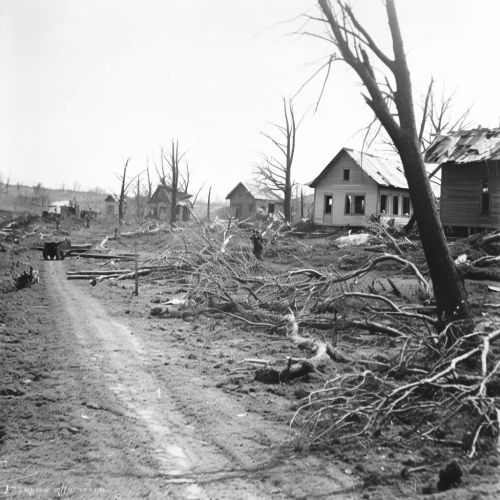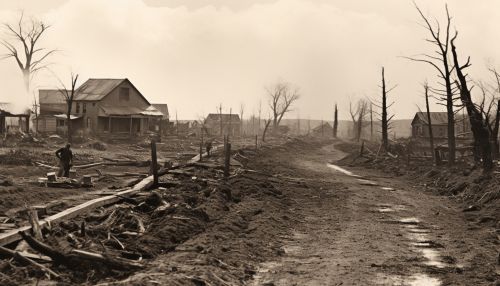Enhanced Fujita scale
Introduction
The Enhanced Fujita scale (EF-Scale) is a classification system for rating the intensity of tornadoes in the United States and Canada based on the damage they cause to human-built structures and vegetation. The original Fujita scale (F-Scale), introduced by Dr. Tetsuya Fujita in 1971, was updated in 2007 to reflect better examinations of tornado damage surveys, so as to align wind speeds more closely with associated storm damage. The new scale was called the Enhanced Fujita scale.


Development and Implementation
The Enhanced Fujita scale was developed by a forum of meteorologists and engineers convened by the Wind Science and Engineering Research Center (now the National Wind Institute) at Texas Tech University from 2000 to 2004. The forum's primary goal was to address perceived inadequacies within the original Fujita scale, specifically the overestimation of wind speeds associated with the most destructive tornadoes. The new scale, which was implemented in the United States in 2007 by the National Weather Service, retains the same 28 damage indicators (DIs) as the original Fujita scale, but includes more detailed degrees of damage (DODs) for each indicator, allowing for more accurate and consistent tornado intensity estimations.
Scale and Damage Indicators
The Enhanced Fujita scale is divided into seven categories, from EF0 to EF6, with each category representing a range of three-second gust wind speeds estimated at the point of maximum damage. The categories are as follows:
- EF0: 65–85 mph (105–137 km/h)
- EF1: 86–110 mph (138–177 km/h)
- EF2: 111–135 mph (178–217 km/h)
- EF3: 136–165 mph (218–266 km/h)
- EF4: 166–200 mph (267–322 km/h)
- EF5: Over 200 mph (over 322 km/h)
Each category is associated with a range of damage to particular types of structures and vegetation, which are referred to as damage indicators (DIs). There are 28 DIs in total, each with a varying number of degrees of damage (DODs) that detail increasingly severe levels of damage based on the estimated wind speed. The DIs include a variety of structures, such as small barns, large shopping malls, and hardwood trees, as well as several types of vegetation.
Criticisms and Limitations
Despite its improvements over the original Fujita scale, the Enhanced Fujita scale has been subject to some criticism. One of the main criticisms is that the scale still relies heavily on damage indicators, which can be subjective and inconsistent. For example, the same tornado can produce different levels of damage to structures of varying quality, leading to potential discrepancies in the estimated wind speed. Furthermore, the scale does not take into account the duration of the tornado or the size of the tornado's path, both of which can significantly impact the amount of damage caused.
